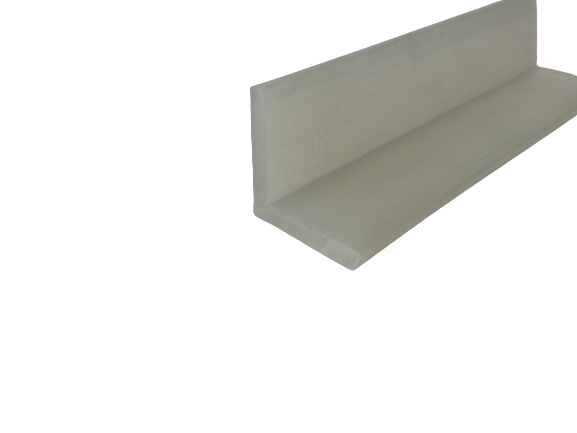Nov . 24, 2024 22:26 Back to list
Windscreen Weather Sealing Strip for Enhanced Protection Against Elements
Understanding Windscreen Weather Strips Importance, Function, and Maintenance
Windscreen weather strips, often overlooked components of a vehicle, play a crucial role in ensuring both the comfort and safety of passengers. These thin, rubber-like strips are located around the edges of a vehicle’s windscreen and serve multiple purposes that significantly enhance the driving experience.
What Are Windscreen Weather Strips?
Windscreen weather strips, also known as seals or gaskets, are made from durable materials such as rubber, foam, or PVC. They are designed to fill the gap between the windscreen and the car body, creating a tight seal. This seal is essential for keeping contaminants like dust, rain, and wind out of the vehicle's interior.
Importance of Windscreen Weather Strips
1. Weather Protection The primary purpose of weather strips is to protect the interior of the vehicle from various weather elements. Without adequate sealing, rainwater can easily seep into the cabin, leading to moisture-related problems such as mold growth and rust formation.
2. Noise Reduction Wind and road noise can dramatically affect the comfort level inside a vehicle. Windscreen weather strips help to minimize these intrusive sounds, ensuring a quieter ride. A well-sealed windscreen significantly contributes to the overall acoustic insulation of a car, enhancing the comfort of passengers.
3. Thermal Insulation In addition to keeping noise out, weather strips also aid in thermal insulation. They help in maintaining consistent temperatures inside the vehicle by preventing the escape of conditioned air, thus improving the efficiency of the heating and cooling system.
4. Safety Features Weather strips contribute to the overall safety of a vehicle. They help to provide structural integrity to the windscreen. In the event of an accident, a securely attached windscreen is vital for the proper functioning of airbags and for keeping passengers safe.
Signs of Worn-Out Weather Strips
Despite their importance, windscreens weather strips are susceptible to wear and tear due to age, exposure to UV rays, and fluctuating temperatures. Here are some signs that your weather strips may need replacement
windscreen weather strip

- Visible Cracks or Tears Inspect the rubber strips for any signs of cracks, splits, or breaks. Damaged weather strips can lead to leaks. - Noise Increase If you notice a significant increase in wind noise while driving, it could indicate that the weather strips are no longer effectively sealing the windscreen. - Water Leaks If water leaks inside the cabin during rainy weather, it’s often a clear indication that the weather strips are failing.
- Deterioration Look for signs of deterioration such as fading or brittleness
. These are common signs that the material has aged and lost its effectiveness.Maintenance of Windscreen Weather Strips
To prolong the life of your vehicle's weather strips, consider implementing a few simple maintenance practices
1. Regular Cleaning Use a mild detergent and water to clean the weather strips regularly, removing dirt and debris that can degrade the material over time.
2. Conditioning Apply a rubber conditioner on the strips occasionally. This can help maintain their flexibility and prevent premature cracking.
3. Inspection Make it a part of your regular vehicle inspection to check the condition of the weather strips. Address any issues immediately to prevent further damage.
4. Professional Evaluation If you suspect that your weather strips are failing but are unsure, it may be beneficial to have a professional evaluate them. A trained technician can offer insights and solutions based on the specific needs of your vehicle.
Conclusion
Windscreen weather strips are vital for the overall function, safety, and comfort of your vehicle. By understanding their importance and regularly maintaining them, drivers can ensure a safer and more enjoyable driving experience. Being proactive about these seemingly minor components can save significant costs and prevent larger issues down the line. Always remember that a well-maintained vehicle is key to ensuring that every drive is a pleasant one.




